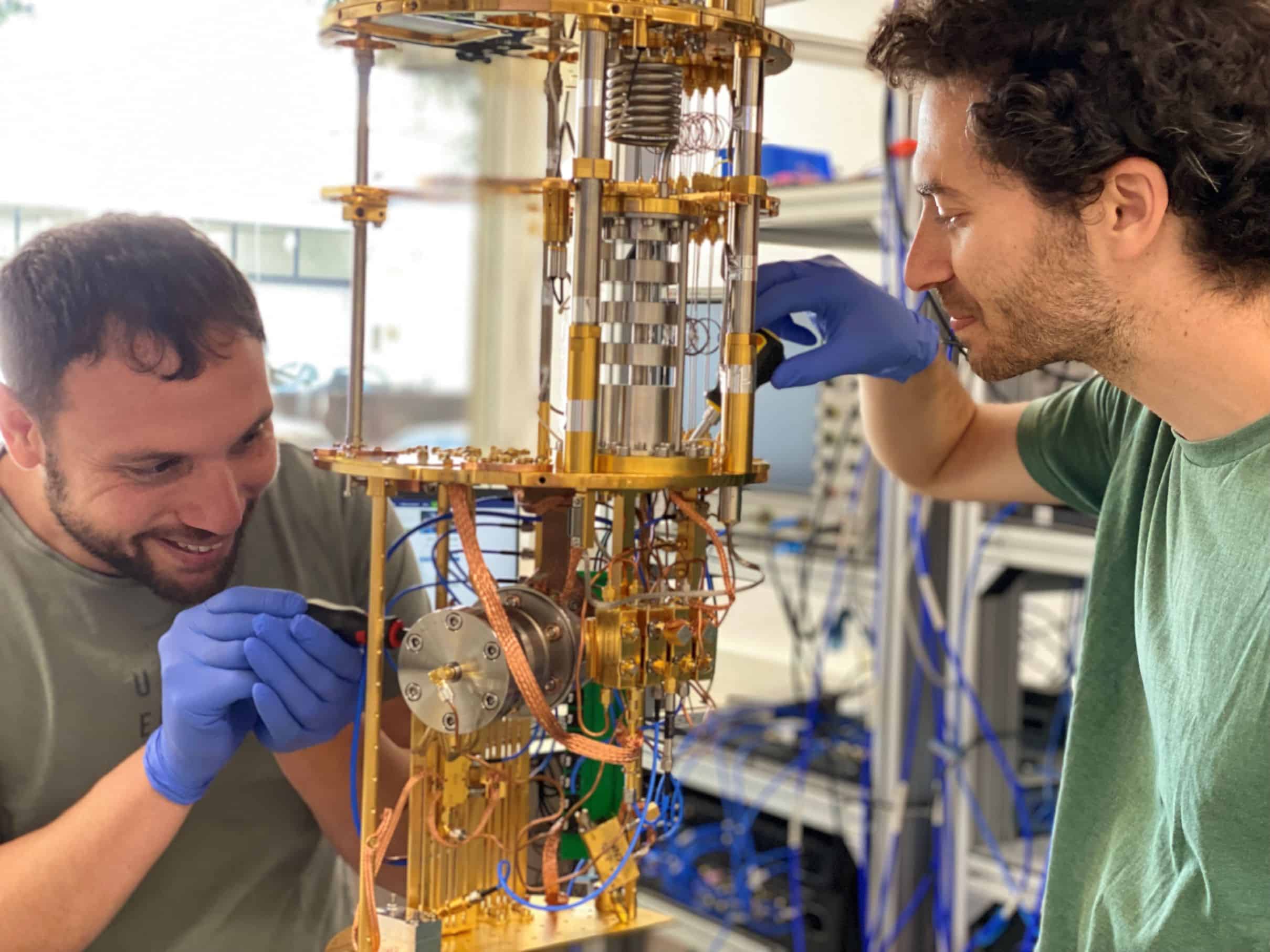

In a recent breakthrough in the field of quantum computing, researchers have developed a novel superconducting cavity qubit that significantly enhances the limits of quantum coherence. Announced on Physics World, this innovative design promises an order of magnitude improvement in the single-photon coherence time, a critical aspect in the advancement of quantum computing technologies.
Quantum coherence is a fundamental property in quantum mechanics that allows for the superposition of states, where particles like atoms or photons can exist in multiple states simultaneously. This property is vital for quantum computing, where qubits (quantum bits) leverage superposition and entanglement to perform complex calculations far more efficiently than traditional bits in a classical computer.
The new superconducting cavity qubit, developed after extensive research, shifts the paradigm by addressing one of the significant challenges in the field: the decoherence time, or the duration a quantum system can maintain its quantum state before environmental interference causes a loss of information. The groundbreaking improvement in single-photon coherence time means quantum systems can retain their quantum state for much longer, enabling more complex computations and the potential for more robust quantum computers.
This achievement is not only a testament to the relentless pursuit of knowledge but also a crucial step towards the practical realization of quantum computing. Quantum computers hold the promise of revolutionizing various sectors by performing tasks that are currently impossible or impractically time-consuming for classical computers. These tasks include but are not limited to, drug discovery, optimization problems, financial modeling, and breaking complex encryptions.
The development of this novel superconducting cavity qubit involved an interdisciplinary team of physicists and engineers who utilized cutting-edge materials and innovative design techniques to overcome the limitations of existing qubit designs. By working in unison, the team has been able to push the boundaries of what was previously thought possible in quantum coherence times.
This scientific breakthrough has been met with enthusiasm from the quantum computing community and has opened up new avenues for research and development. With improved quantum coherence times, researchers can now explore more complex quantum algorithms and systems, edging closer to fully functional quantum computing technology.
While this development marks a significant milestone, the journey towards commercial quantum computing still faces numerous hurdles. Scaling up the technology to build larger quantum systems, error correction, and developing user-friendly quantum programming languages are among the challenges that lie ahead. However, the achievement of a significantly improved superconducting cavity qubit brings us one step closer to realizing the vast potential of quantum computing.
As quantum technology continues to evolve, it is anticipated that further advancements will follow, fueled by the ongoing research and the collaborative efforts of the global scientific community. The implications of such technologies are vast, foreseeably transforming the landscape of computing, telecommunications, cybersecurity, and beyond.
The full details of the research and the innovative design of the superconducting cavity qubit can be found on Physics World’s website, highlighting the collaborative spirit of scientific discovery and the boundless possibilities that quantum computing holds for the future.
Source






